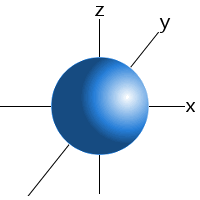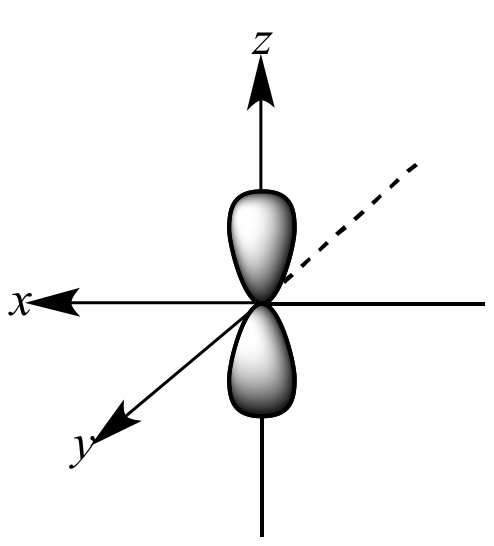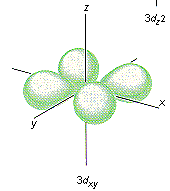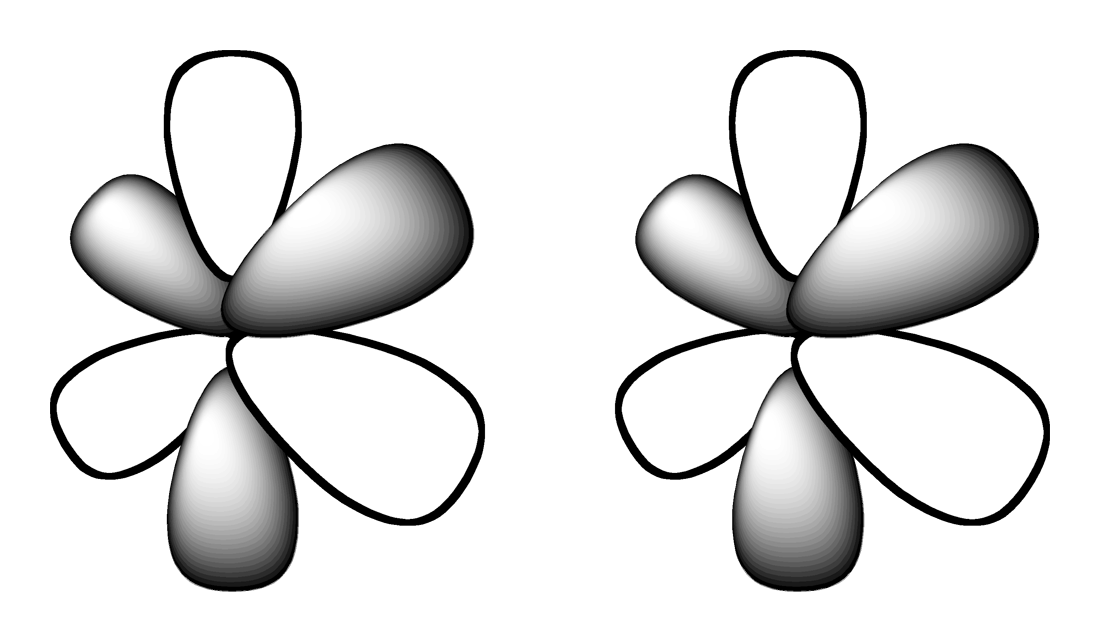
Quantum Mechanical Model of the Atom
Quiz
•
Science
•
9th Grade
•
Practice Problem
•
Medium
Standards-aligned

Lisa Thompson
Used 2+ times
FREE Resource
Enhance your content in a minute
25 questions
Show all answers
1.
MULTIPLE CHOICE QUESTION
1 min • 1 pt
Which shape represents the shape of an "s" orbital?




2.
MULTIPLE CHOICE QUESTION
1 min • 1 pt
Which shape represents the shape of an "p" orbital?




3.
OPEN ENDED QUESTION
1 min • 1 pt

Compare and contrast the Bohr Model and the Quantum Model of the atom. Describe at least two key similarities and at least one key difference.
Evaluate responses using AI:
OFF
4.
MULTIPLE SELECT QUESTION
1 min • 1 pt
There are four different orbital shapes. Select them from the following list.
"s"
"f"
"g"
"d"
"p"
5.
MULTIPLE CHOICE QUESTION
1 min • 1 pt
In the quantum mechanical model of the atom, where are electrons most likely to be found?
Moving in fixed orbits around the nucleus
Embedded within the nucleus
In specific regions called electron clouds or orbitals
Uniformly distributed around the nucleus
6.
MULTIPLE CHOICE QUESTION
1 min • 1 pt
In the quantum-mechanical model of the atom, an orbital is defined as a
region of the most probable proton location.
region of the most probable electron location.
circular path traveled by an electron around an orbital.
circular path traveled by a proton around an orbital.
Answer explanation
In the quantum-mechanical model of the atom, an orbital is defined as a region of the most probable electron location.
7.
MULTIPLE SELECT QUESTION
1 min • 1 pt
What is the fundamental difference between the Bohr model of an atom and the quantum mechanical model? Select all that apply.
Bohr model considers electron to be a particle; quantum mechanics considers it to be a wave.
Bohr model describes electron with 1 quantum number; quantum model uses 4 quantum.
Bohr model describes electrons in orbits; quantum model describes electrons in orbitals.
Create a free account and access millions of resources
Create resources
Host any resource
Get auto-graded reports

Continue with Google

Continue with Email

Continue with Classlink

Continue with Clever
or continue with

Microsoft
%20(1).png)
Apple
Others
Already have an account?
Similar Resources on Wayground

20 questions
Atomic Number
Quiz
•
9th Grade

22 questions
Grade 10 Chemistry Review
Quiz
•
10th Grade

22 questions
Quiz 5 Review
Quiz
•
University

20 questions
Materials and Methods and Results Discussions Conclusion Rec
Quiz
•
University

20 questions
Winds,Storms and Cyclones
Quiz
•
6th - 12th Grade

20 questions
Resonant Converter
Quiz
•
University

20 questions
Endogenic process
Quiz
•
11th Grade

20 questions
ANINS
Quiz
•
University
Popular Resources on Wayground

5 questions
This is not a...winter edition (Drawing game)
Quiz
•
1st - 5th Grade

15 questions
4:3 Model Multiplication of Decimals by Whole Numbers
Quiz
•
5th Grade

25 questions
Multiplication Facts
Quiz
•
5th Grade

10 questions
The Best Christmas Pageant Ever Chapters 1 & 2
Quiz
•
4th Grade

12 questions
Unit 4 Review Day
Quiz
•
3rd Grade

10 questions
Identify Iconic Christmas Movie Scenes
Interactive video
•
6th - 10th Grade

20 questions
Christmas Trivia
Quiz
•
6th - 8th Grade

18 questions
Kids Christmas Trivia
Quiz
•
KG - 5th Grade
Discover more resources for Science

10 questions
Exploring the Energy Cycle: Photosynthesis and Cellular Respiration
Interactive video
•
6th - 10th Grade

15 questions
Domain 3 – Classification: 15-Question Assessment
Quiz
•
9th Grade

10 questions
Exploring Plate Tectonics and Their Boundaries
Interactive video
•
6th - 10th Grade

15 questions
Domain 4 – Evolution: 15-Question Assessment
Quiz
•
9th Grade

15 questions
Domain 5 – Ecology: 15-Question Assessment
Quiz
•
9th Grade

10 questions
Exploring Light and Waves Concepts
Interactive video
•
6th - 10th Grade

10 questions
EOC Domain 3: Taxonomy
Lesson
•
9th - 10th Grade

9 questions
EOC Domain 4: Evolution
Lesson
•
9th - 10th Grade
